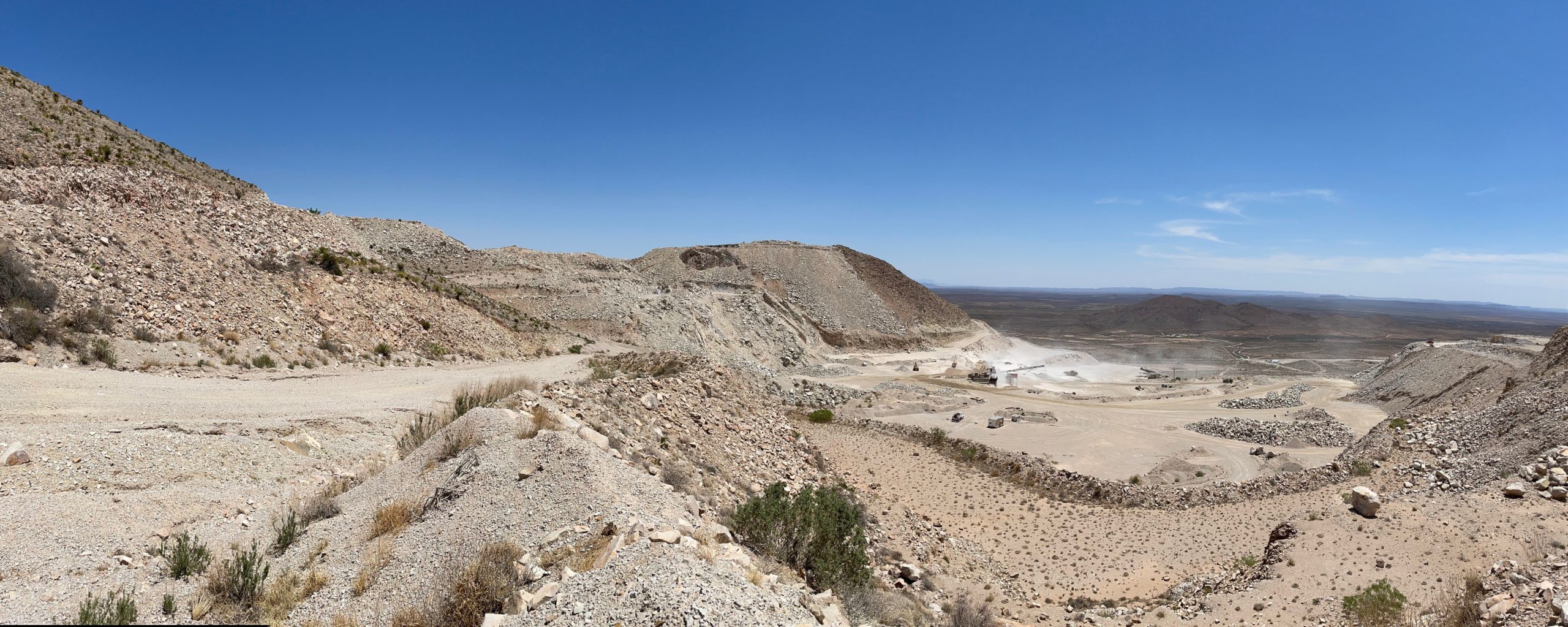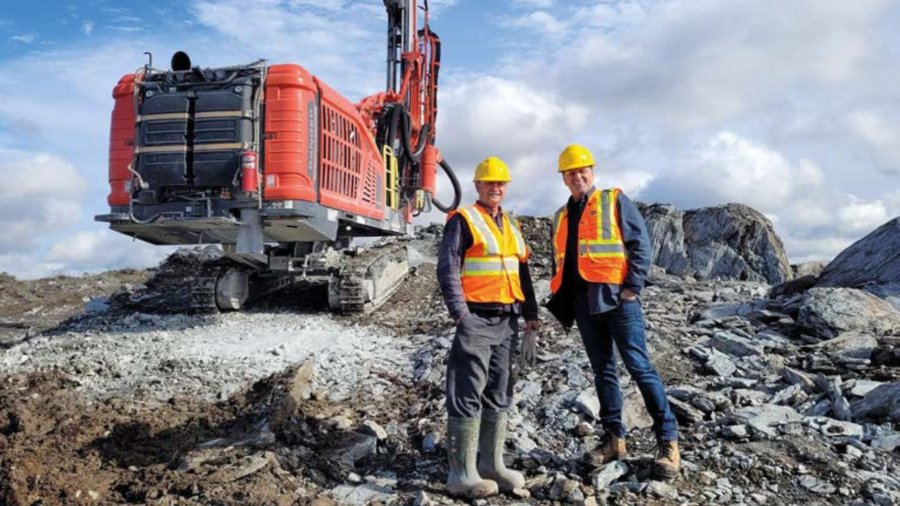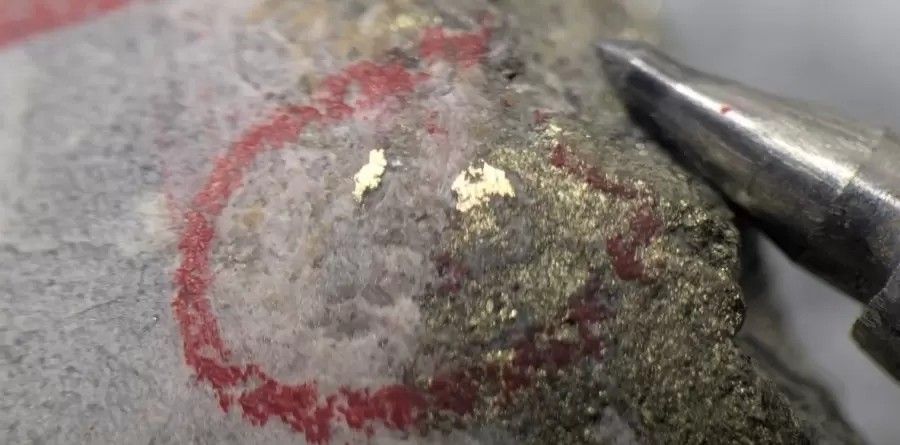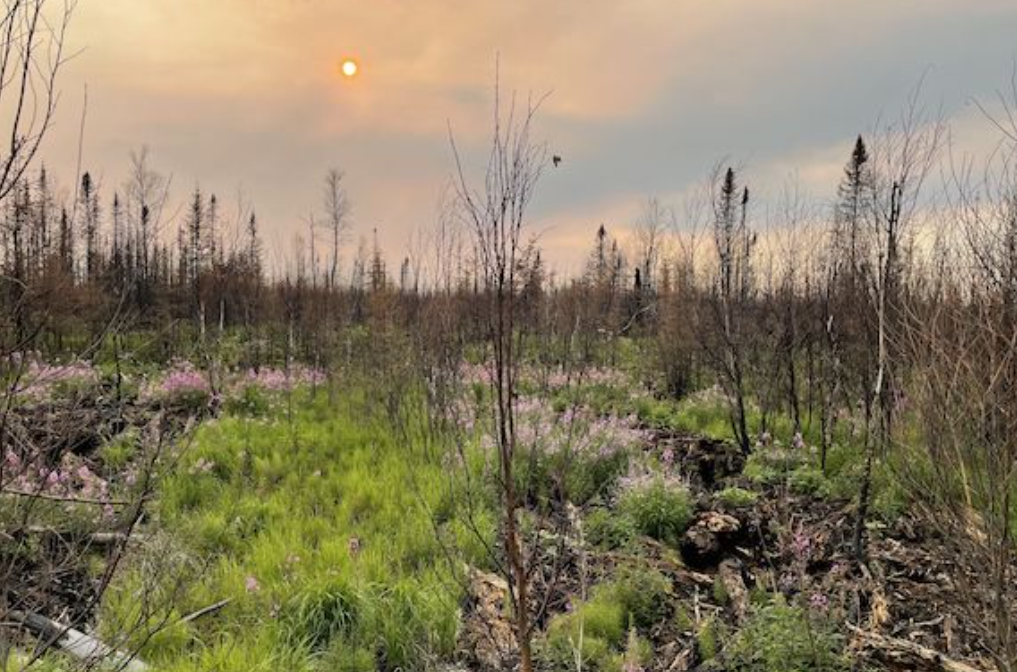Five-year Wharf mine just turned 31
Many people have heard of Mount Rushmore and its granite-face carvings of former United States’ Presidents George Washington, Thomas Jefferson, Theodore Roosevelt and Abraham Lincoln, but as famous as those profiles are, few people actually know where they’re located in the Unites States, or even more, in what state?
Other than the hundreds of thousands of tourists who visit the attraction every year, the vast majority of people don’t know that Mount Rushmore is in South Dakota and near Keystone, in The Black Hills and the famed Homestake Gold Trend , a place the U.S. Bureau of Mines still recognizes as one of the more prolific mining regions in the entire country.
With no fewer than a dozen working and historical mines along the trend, The Black Hills continue to provide new and continuing opportunities for miners. One of those companies is Vancouver-based Goldcorp at its Wharf Mine.
Located almost in the shadows of the Presidents’ noses, the Wharf Mine is located about 60 kilometres to the east of the famous tourist attraction at Mount Rushmore but more importantly, it continues to serve as an inspiration to other miners working the Homestead Trend because of its longevity and continuing production of gold.
When the Wharf Mine was discovered by Goldcorp in 1982, it was deemed to be a five-year mine because of its low grades of gold. Even today with its average grade being around 0.023 ounces per ton mark, it still takes a lot of work by Goldcorp to keep the mine on the books.
However, 31 years later and millions of dollars already invested in the property, Goldcorp is obviously not giving up and neither is the mine. In fact, as Michael McClelland, Wharf Mine’s General manager says, ” Successful exploration has continued to grow the gold reserves and extend the mine’s life thanks to several areas of adjoining mineralization that have enabled us to build a series of open pits in the area.”
With mining claims for more than 435 ha and only 12 ha containing open pits so far, it’s clear that Goldcorp has plenty of room for expansion and again, McClelland says that although the average grade of gold is low and not visible to the naked eye, the Wharf Mine still produces about 60,000 ounces of gold and more than 200,000 ounces of silver a year.
Gold reserves at Goldcorp’s Wharf Mine are 270,000 ounces (Proven) and 310,000 ounces (Probable).
As with all mining operations, equipment is one of the keys to success and the Wharf Mine is well equipped by CAT with 12, 100 ton haul trucks, three 993 loaders, and four dozers that combine to move more than 60,000 tons of material a day.
Each truck of ore holds approximately 2.3 ounces of gold and as McClelland says, “They’re not cheap to operate. Each truck tire costs about $14,000; loader tires are anywhere from $45,000 to $100,000 and in most cases, they last less than a year and each truck has six tires, loaders have four tires.”
Haul times play a major factor on the wear and tear on equipment so Goldcorp chooses where to mine its property very carefully.
“We determine where to mine gold by distinguishing the ore body from waste through drilling. We drill on 20-foot benches and sample every 10 feet and assay the sample for gold and silver. Drill patterns are drilled on a spacing of 15’ x 15’ for a pattern size of between 200 and 300 holes. Each hole is filled with about 200 pounds of ammonium nitrate that will fracture the rock so that we can mine it. We blast about four times a week.,” said McClelland.
By operating 24-hours a day, 7 days a week, 357 days a year, crews move about 20 million tons a year to a crusher that also operates 24 hours a day. It’s a highly mechanical crusher, but only requires a two-person team to operate and is capable of handling 3.8 million tons of ore a year.
Rock is crushed to 0.5 inch material then loaded onto five heap leach pads with each pad rated at about a two-million ton capacity.
“Once the ore is on the pad and stacked in 20-foot lifts, we begin applying a diluted cyanide solution to the material through drip tubes spaced every three feet to saturate the crushed rock. All pads have three layers of plastic liner to make sure the gold solution is not lost and to help ensure there’s no adverse impact to the environment,” says McClelland.
“The cyanide solution is a weak concentrate of less than 50 parts per million when applied and once it enters the process plant and ponds it is less than 15 ppm due to dilution. The weak concentration is then at a level where it is not considered harmful to wildlife or humans.”
McClelland further explained that the gold in the rock is broken down to a molecular level by the cyanide (oxidation) which then falls to the bottom of the pad, hits the plastic liners, then gravity flows to the process plant through a series of pipes. Once it enters the plant, McClelland says the solution flows across a series of carbon tanks, gold attaches itself to the carbon, which is then stripped off the carbon and sent to a refinery to extract the gold from any impurities.
The cycle time of the gold, from when it’s mined, crushed, loaded onto the pads, leached, and stripped is approximately 15 months. Goldcorp recovers about 80 per cent of the gold that is mined and out of that, 90 per cent comes out of the solution.
Once the gold is recovered, Goldcorp neutralizes the crushed rock by rinsing it to flush out any remaining cyanide so that it can either unload the pads for backfill or for future in-place reclamation.
As mentioned earlier, the pads are carefully protected with three plastic layers; the bottom being 30 mil with a bentonite layer; the second is 60 mil plastic; with the primary liner being constructed of 80 mil plastic.
A leak protection pipe collection system is placed between the top and second liner to monitor any leaks and to drain any solution back to the plant and a solution collection system of pipes is on the top layer to collect the cyanide with gold solution.
After more than 30 years at the Wharf Mine site, Goldcorp has demonstrated great determination in making the mine a home for the 165 full-time people who work there but more than that, it has proven to the State of South Dakota that it’s a good neighbour too. One of the most obvious ways it has demonstrated its commitment to community partnerships has been in the way the company has made reclamation a top priority.
“Most believe that reclamation begins at the end of mining but here at Wharf, we believe it starts immediately after the beginning of mining,” says Michael McLelland.
“In a process called concurrent reclamation, we backfill pits as we complete them. This way we have reclamation that is complete at the end of mining and final reclamation after the mine production ends takes only a few months.
“We plant a diversity of grasses, shrubs, and trees on the reclaimed slopes that ultimately attract deer, elk, coyotes and mountain lions back to the slopes, which are great for South Dakota’s many wildlife enthusiasts.”





Comments